Should I buy a QLED, OLED or LED TV?
Is LED, QLED or OLED the best TV for you?
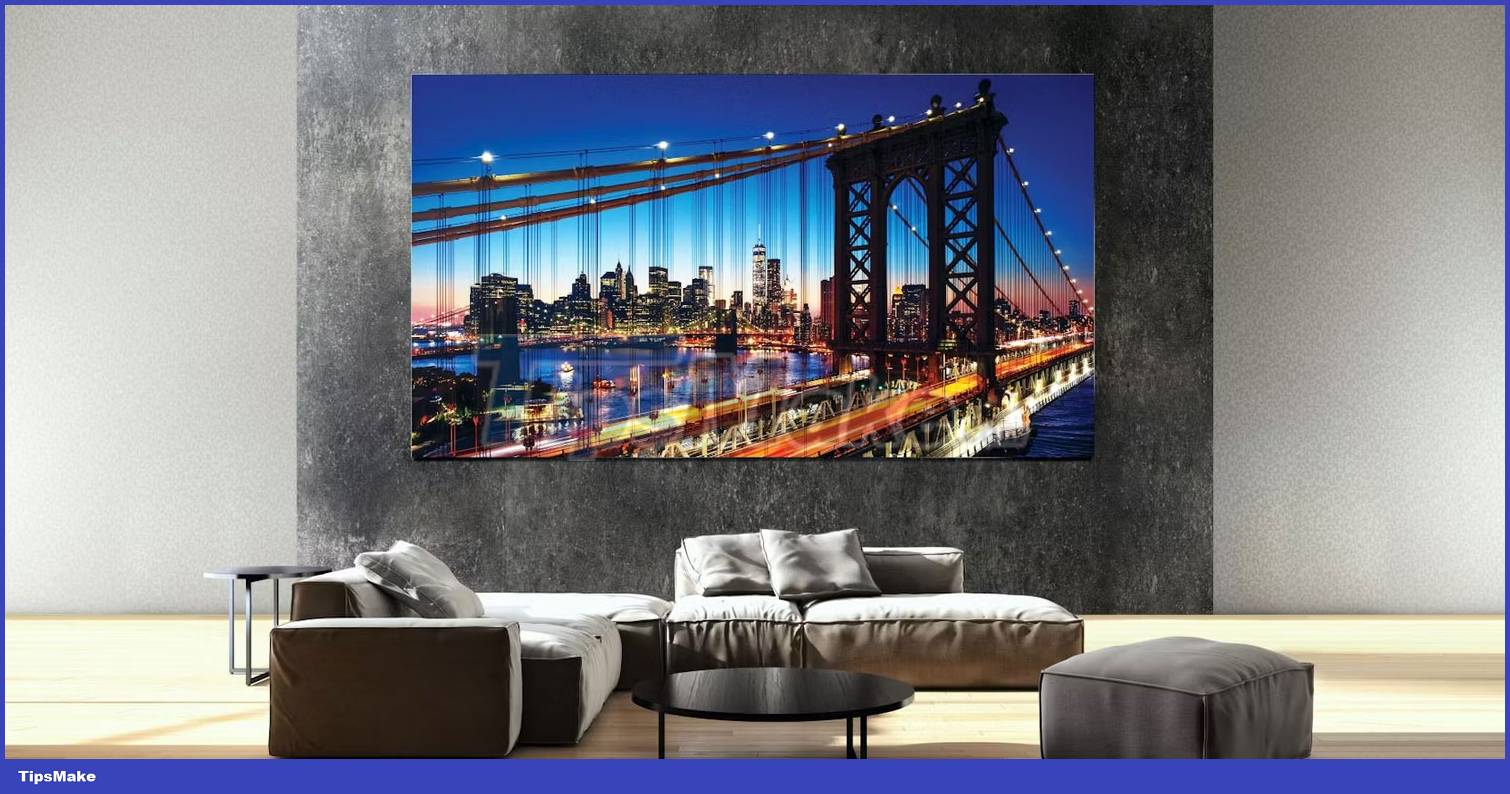
Each TV has its own pros and cons, which we will discuss in detail later. But here are the best TVs based on different criteria:
- LED TVs are a great choice if you're on a budget or prioritize screen size over picture quality and color accuracy.
- QLED TVs deliver better colors than LED TVs and are perfect for rooms with a lot of light (like living rooms or bedrooms with lots of windows) because they can deliver higher brightness than OLED TVs. However, they are more expensive than LED TVs.
- OLED TVs are the gold standard for color accuracy and contrast, but this comes at the cost of lower brightness and burn-in. This option is great if you have a dedicated cinema or TV room, or if you place your TV in a room where you can control the amount of light it receives.
These are the main strengths of each TV technology. So let's find out how each type of TV is different.
How do different TV technologies affect your viewing experience?
Some people may think that OLED or QLED TVs are better than LED TVs, but the truth is that there is no superior TV. It's best to consider the specific characteristics of each type and then compare.
Brightness
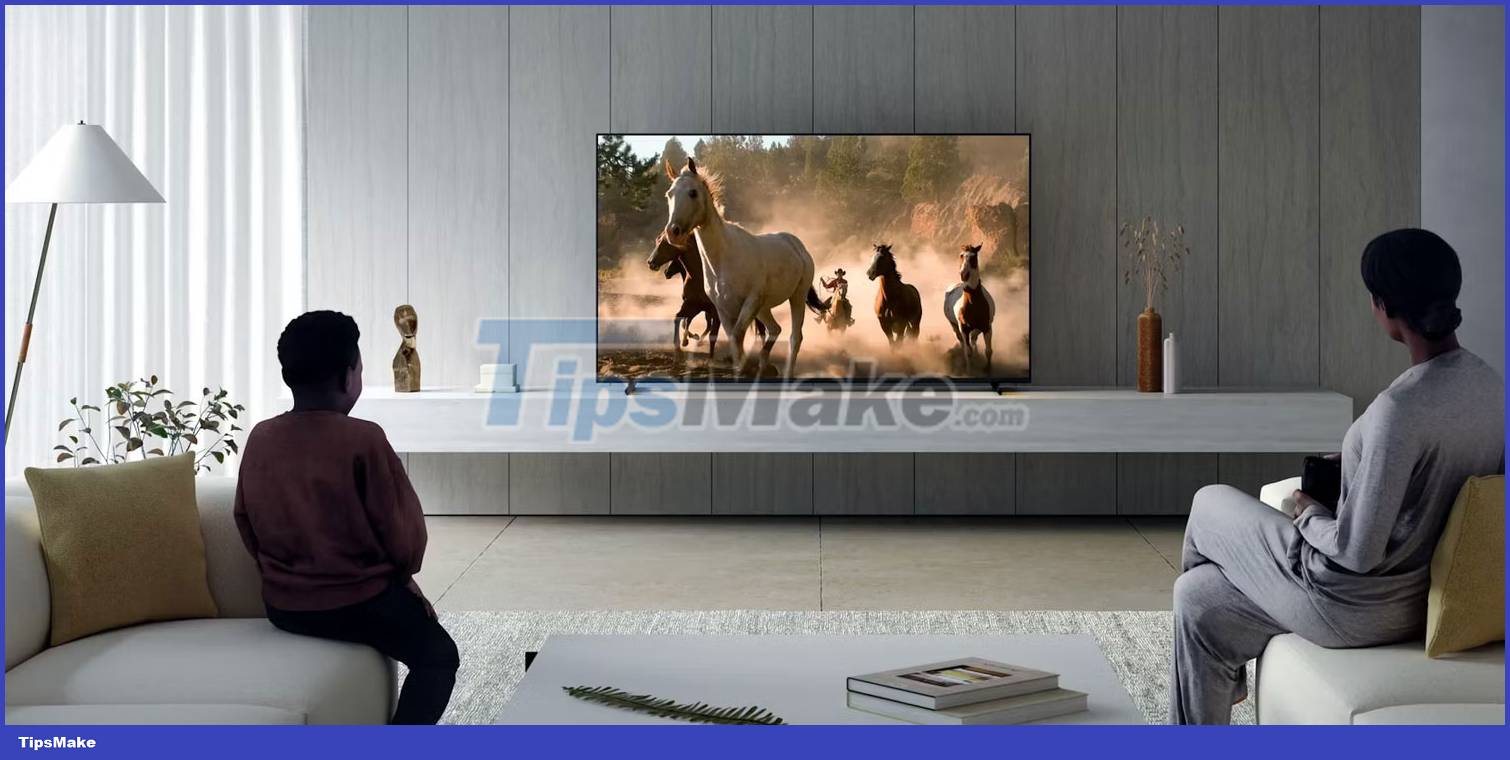
Unless you place your TV in a completely dark room, brightness will play an important role in your viewing experience. You need your TV screen to be bright enough to see it clearly against ambient light, especially if you install the TV in a living room or bedroom with lots of windows.
This is the highlight of QLED TV. Its quantum dot layer gives QLED TVs exceptional brightness, even compared to more basic LED TVs. Furthermore, they are more energy efficient so you don't have to spend as much electricity to get a bright screen.
Brightness is generally the weakest point of OLED TVs. Because each sub-pixel produces its own light, TV manufacturers can't make them too bright or risk creating burn-in, limiting the screen's lifespan.
Contrast
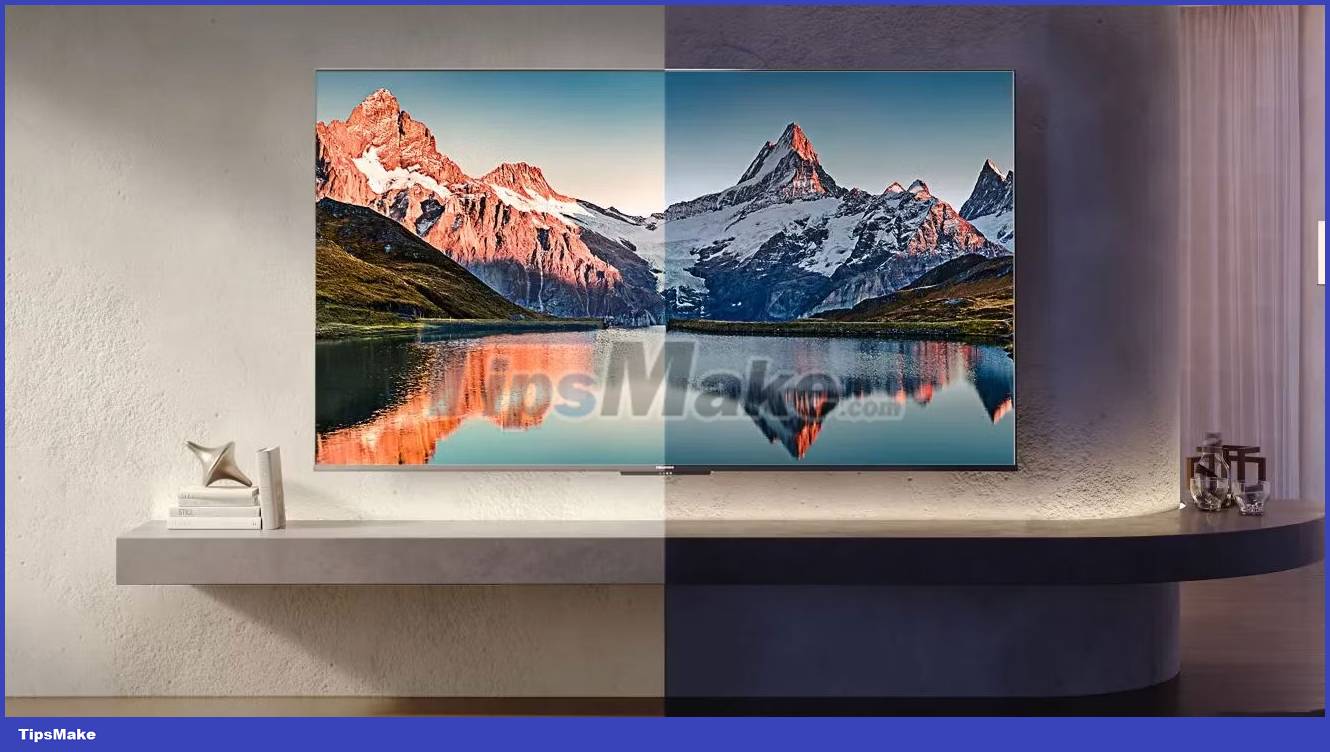
OLED TVs excel in contrast because of the way they work. Unlike LED and QLED TVs, which always have a backlight, each individual pixel on an OLED TV will only light up when required. This means OLED TVs have infinite contrast ratios - delivering the deepest blacks and richest colors.
One way to see this clearly is to move a small white object in front of a black image, like hovering a white mouse cursor over a dark screen background. Most LED and QLED TVs will show some fading, i.e. the black background around the white cursor appears a bit lighter.
However, this is not a problem with OLED TVs. No matter how bright or white that small object is, the pixels around it will still appear black due to the way OLED screens work.
Color accuracy

OLED TVs have traditionally had an advantage over other TV technologies because of the way they work. However, QLED TVs are quickly catching up, especially since Samsung introduced NeoQLED TVs, which combine MiniLED technology with a Quantum Dot display.
However, if you're looking for the best color accuracy, you should currently go with an OLED TV. But if you're hesitant to use this technology because you have a bright and airy living room, you should consider QD-OLED TVs, which add a quantum dot layer to the OLED screen.
Burn-in phenomenon
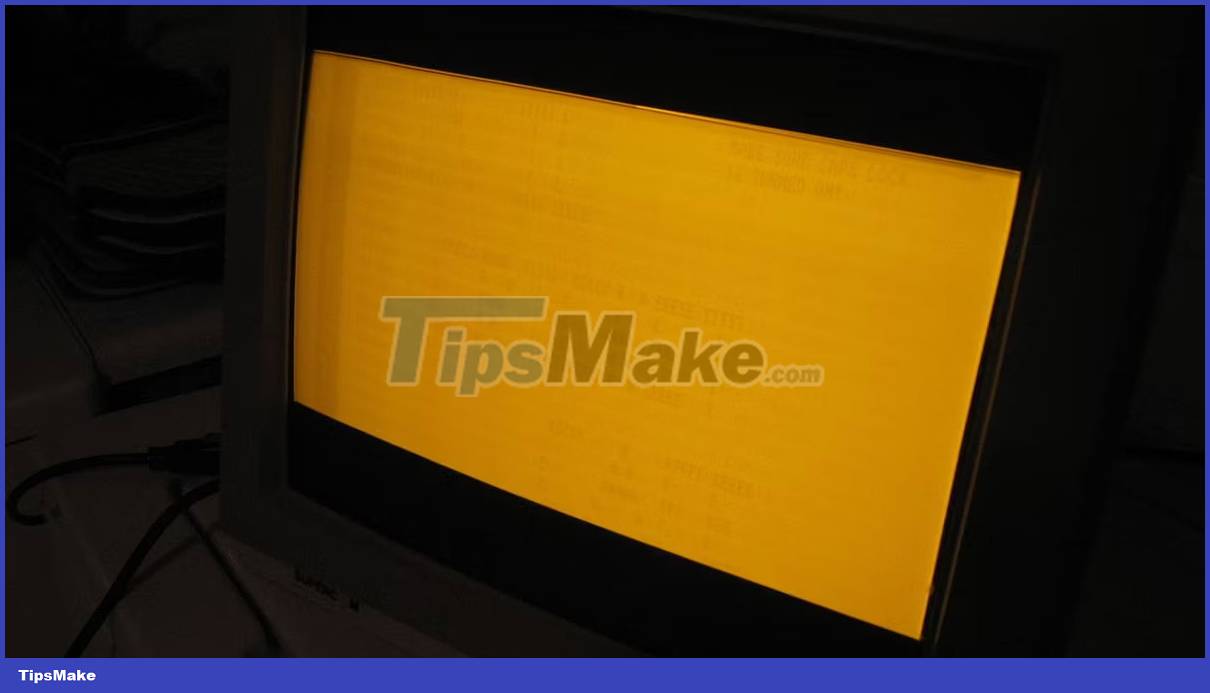
Despite its age and advances in OLED technology, it still suffers from burn-in, especially with long-term use. So if you want to tune in or play games for a few hours a day, you might want to stay away from OLED TVs.
You're better off using a QLED or LED TV because these technologies don't have the problem of screen burn-in. But if you already have an OLED TV, you probably already know what causes burn-in on OLED screens as well as how to fix and prevent it.
Price
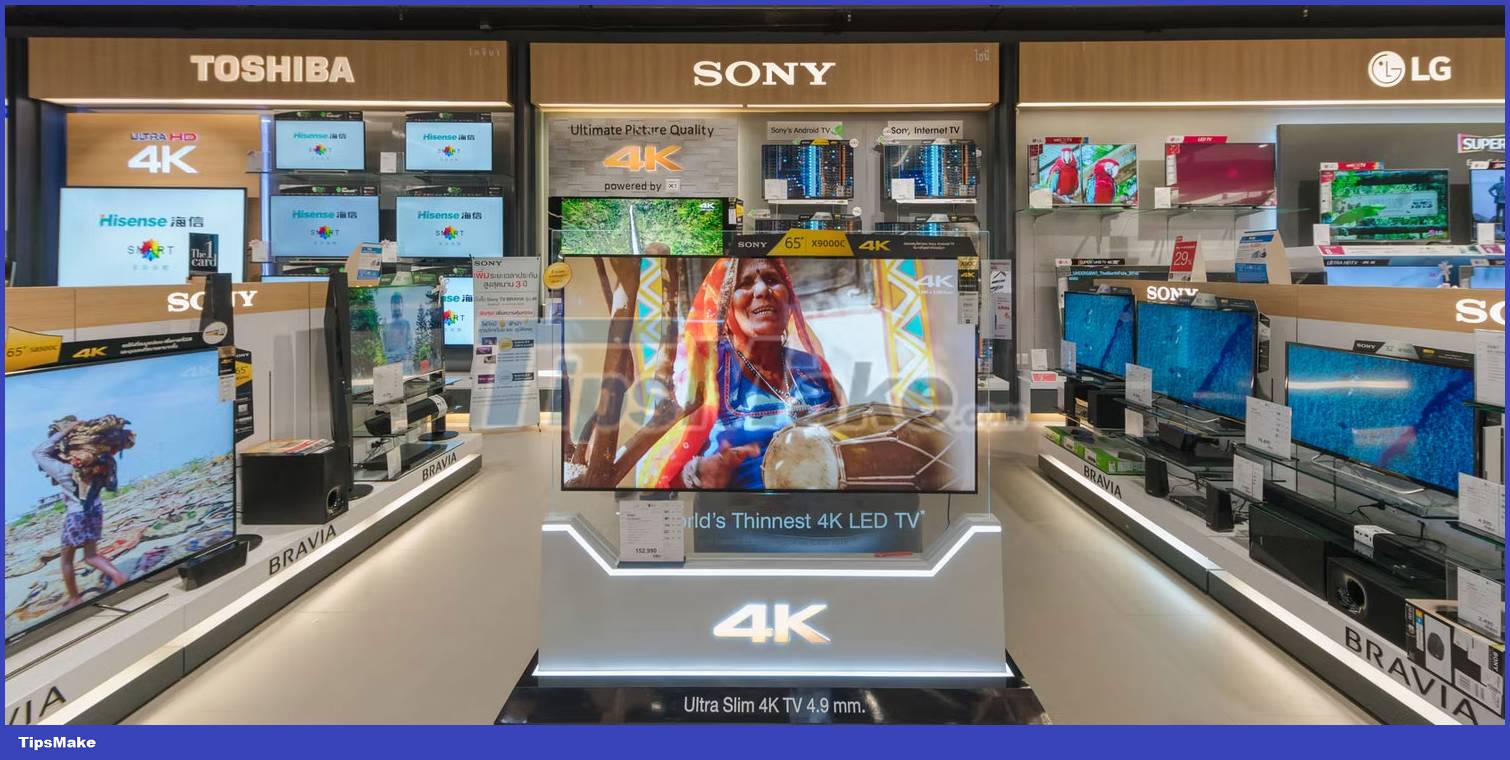
This is often the most important consideration when buying a TV. So if you're on a tight budget and want the biggest screen for your money, you should stick with LED TVs. That's because it's the oldest technology out of the three; Therefore, its price is the most affordable.
But let's say you're building a home theater and want to avoid costly mistakes. In that case, you should consider buying the more expensive QLED or OLED models, especially if you want a better viewing experience.
Summing up, you will see that both QLED and OLED TVs receive two points, while LED TVs only have the upper hand in terms of price. This shows that no TV technology is superior overall - finding the best technology depends on the TV's application or location.
How LED, QLED and OLED TVs work
It's important to understand how each TV technology works to know the details of these differences. While LED and QLED TVs work on the same principle, with QLED adding an extra step to produce a better picture, OLED TVs work completely differently. So these are the concepts behind every TV.
LED TV
LED TVs work on the same principle as the first LCD TVs. It's a flat screen with multiple layers that control lighting and color. The bottom layer is usually the backlight part, which lights up the screen so you can see the image. Instead of using fluorescent or other types of lights, LED TVs use LED lights, hence the term.
Even though LED TVs have multiple layers, here's the basics of how it works. The light source - the LED screen - is located behind the TV. At the front we have a vertical polarizer that only lets vertical light waves pass through it.
After the vertical polarizer, the liquid crystal layer twists the vertically polarized light from 0 to 90 degrees, depending on its source state. From there, we have a horizontal polarizer that only allows horizontal light waves to pass through.
This is how the TV can control which subpixels (the individual red, green, or blue cells within each pixel) receive light. For example, if a TV needs to display a white image, it will rotate the vertical light to a 90-degree angle for all sub-pixels. But if you need an image with 50% grayscale, it will only rotate the light source 45 degrees and only let about half of the maximum intensity light pass through.
For black pictures, the TV will not rotate vertically polarized light, meaning no light will pass through the horizontal polarizer. This will result in a black image on the TV. While there are other key differences between LCD and LED TVs, the core concept of how they create the images you see on screen remains the same.
QLED TV
QLED TVs start with the same principle as LED TVs - backlight, vertical polarization layer, liquid crystal layer, horizontal polarization layer, color layer and viewing screen. However, QLED TVs do not use white LED backlighting. That's because white LED backlights are often not perfectly white. You can see this if you look at the LED strip; you'll notice they're usually yellow in color.
To solve this problem, leading QLED TV manufacturer Samsung uses a Quantum Dot layer as a light source. Instead of using a white LED as a backlight, the company used an LED light source to excite the crystals in the Quantum Dot layer. This layer then emits natural white light that is brighter than traditional LED sources.
This allows the TV to show you more vibrant and accurate colors than regular LED TVs. QLED TVs are so accurate that Samsung even claims their TVs can reproduce billions of colors – essentially every color the human eye can see. Quantum Dot technology is so good that some TV manufacturers are adding it to OLED TVs and calling them QD-OLED.
OLED TV
The main difference between OLED TVs compared to LED and QLED TVs is how they produce light. Instead of requiring a backlight, each pixel on an OLED TV emits its own light.
This is unlike LED or QLED TVs, which require constant power to keep the entire backlight layer on. If part of the screen is black, the liquid crystal layer will block the light emitted from the backlight. While this is enough to reduce the brightness of that particular part, it often results in some light leakage - usually from neighboring pixels - leading to glare on your screen, especially if you view white image on black background.
But on OLED TVs, when part of the screen is black, there is absolutely no light emitted from that part. This is what gives OLED TVs accurate colors and infinite contrast ratios.
Now that you know the differences between the three TV technologies, you can choose the best TV technology to suit your needs. Determine what's most important: Affordability, brightness or color accuracy.
But buying a TV isn't just about screen technology - there are many other factors you need to consider if choosing a TV for your home.
You should read it
- What's special about Smart TV's new technology?
- What is evo OLED panel? What's different from OLED?
- What is QD-OLED? Why is QD-OLED better than OLED or LCD TV?
- The 5 best QLED TVs of 2024
- 6 best OLED laptops 2023
- What is MicroLED? What is MicroLED different from OLED?
- Done, Samsung and LG will be the makers of OLED displays for the iPhone
- Xiaomi launches Mi TV Q1 75
May be interested
- 6 best OLED laptops 2023
 the best laptops have oled panels that use organic compounds to deliver stunning colors and deep blacks.
the best laptops have oled panels that use organic compounds to deliver stunning colors and deep blacks. - Why should you not touch the built-in maintenance mode on OLED TVs?
 behind its sleek bezel and beautiful display, your oled smart tv is quietly doing important cleaning work.
behind its sleek bezel and beautiful display, your oled smart tv is quietly doing important cleaning work. - Why spend extra money on an OLED display?
 spending a little extra money on an oled display to ensure you get the most out of your device may seem unnecessary, but it's actually completely worth it.
spending a little extra money on an oled display to ensure you get the most out of your device may seem unnecessary, but it's actually completely worth it. - Why OLED Displays Aren't as Great as You Think
 whenever it comes to buying a new device with a display, we usually look towards oled displays because they offer the best experience in the segment.
whenever it comes to buying a new device with a display, we usually look towards oled displays because they offer the best experience in the segment. - Done, Samsung and LG will be the makers of OLED displays for the iPhone
 apple will have a second oled display supplier.
apple will have a second oled display supplier. - Xiaomi launches Mi TV Q1 75
 introducing the xiaomi mi tv q1 75 'running android tv with 4k qled screen at the top of the price range. click to see more details about this product!
introducing the xiaomi mi tv q1 75 'running android tv with 4k qled screen at the top of the price range. click to see more details about this product! - How to Clean Fingerprints and Dust on Samsung QLED TV
 if you have to squint while watching your favorite shows because of dirt and fingerprints all over your flat screen, it's time to clean your tv. cleaning the qled screen from time to time is great, but it's important to prepare the right materials and apply the right techniques to avoid damaging the tv. today's tipsmake will answer some questions about cleaning the qled screen in particular and the back of the device in general so that your samsung tv looks as new as the first day.
if you have to squint while watching your favorite shows because of dirt and fingerprints all over your flat screen, it's time to clean your tv. cleaning the qled screen from time to time is great, but it's important to prepare the right materials and apply the right techniques to avoid damaging the tv. today's tipsmake will answer some questions about cleaning the qled screen in particular and the back of the device in general so that your samsung tv looks as new as the first day. - Samsung partnered with MediaTek to create the world's first 8K Wi-Fi 6 TV
 samsung and mediatek have introduced the world's first 8k qled tv that supports wi-fi 6. samsung 8k qled y20 models (q950, q900) support the new wi-fi standard and are equipped with a custom wi-fi 6 chipset. by mediatek.
samsung and mediatek have introduced the world's first 8k qled tv that supports wi-fi 6. samsung 8k qled y20 models (q950, q900) support the new wi-fi standard and are equipped with a custom wi-fi 6 chipset. by mediatek. - What is Tandem OLED on the new iPad Pro M4?
 interestingly, the ipad pro 2024 has the highly anticipated oled display which apple calls 'tandem oled'. since this term is not very common, many people may wonder what it is and how it makes the new ipad pro special.
interestingly, the ipad pro 2024 has the highly anticipated oled display which apple calls 'tandem oled'. since this term is not very common, many people may wonder what it is and how it makes the new ipad pro special. - Samsung launched the new 2019 QLED TV series with super large screen and AirPlay 2
 rounding out a month after introducing the demo version of the tv series in its year at ces recently, samsung has officially revealed all information about its 2019 qled tvs.
rounding out a month after introducing the demo version of the tv series in its year at ces recently, samsung has officially revealed all information about its 2019 qled tvs.










 5 best cheap TVs for gaming
5 best cheap TVs for gaming 3 ways to connect MacBook to TV
3 ways to connect MacBook to TV The 5 best QLED TVs of 2024
The 5 best QLED TVs of 2024 Causes and solutions for TV not connecting to WiFi
Causes and solutions for TV not connecting to WiFi How to Connect Samsung TV to Wi Fi
How to Connect Samsung TV to Wi Fi How to Connect Hisense TV to Phone
How to Connect Hisense TV to Phone